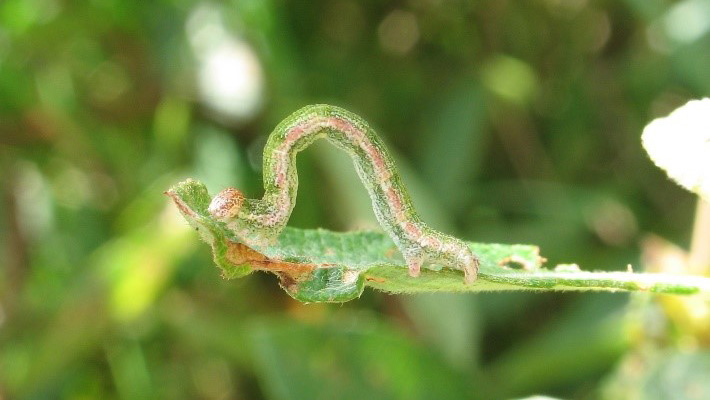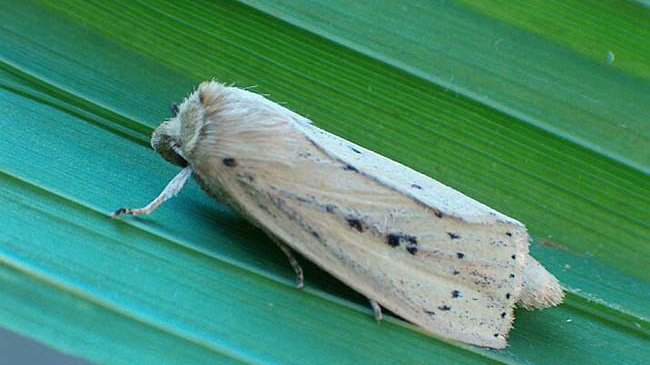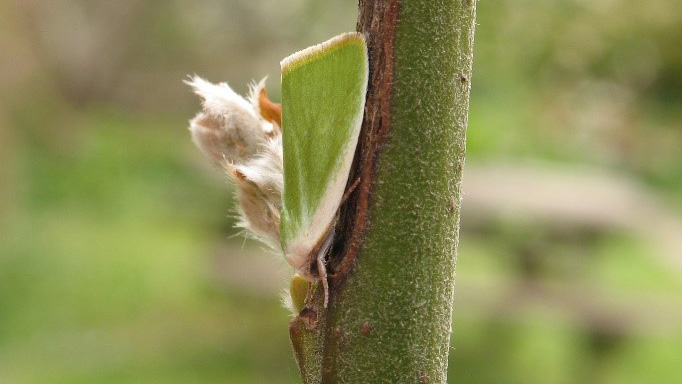Silverlake is home to a huge range of wonderful insects thanks to the diversity of habitats it hosts. Of these insects, moths are often overlooked as many only fly at night and even the day-flying moths aren’t always easy to spot.
There are actually over 2,500 species of moth in the UK and they are a major part of our biodiversity, playing vital roles in the ecosystem. Moths are a food source for numerous other species such as bats and birds and are also vital pollinators. In the last 60 years, moth populations in southern Britain have declined by a staggering 40%!
At Silverlake we value our moths and their populations are regularly monitored as part of our ongoing wildlife auditing. In 2019, surveys by renowned moth experts Phil Sterling and Mark Parsons recorded 297 species at Silverlake. Of those species recorded, there was 1 Red Data Book species called the Dingy Mocha, 14 Nationally Scarce species and 65 species considered to be Local on a national scale.
Phil Sterling said: “A good range of species were recorded in just 7 visits, with a number of highlights. It is likely there are many more species present at Silverlake, and yet more that will colonise as the number of plant species increases, the existing habitats mature on site, and new niches are formed.”
By looking after our habitats at Silverlake carefully, we hope to record even greater numbers of these wonderfully diverse moths in the next few years.


